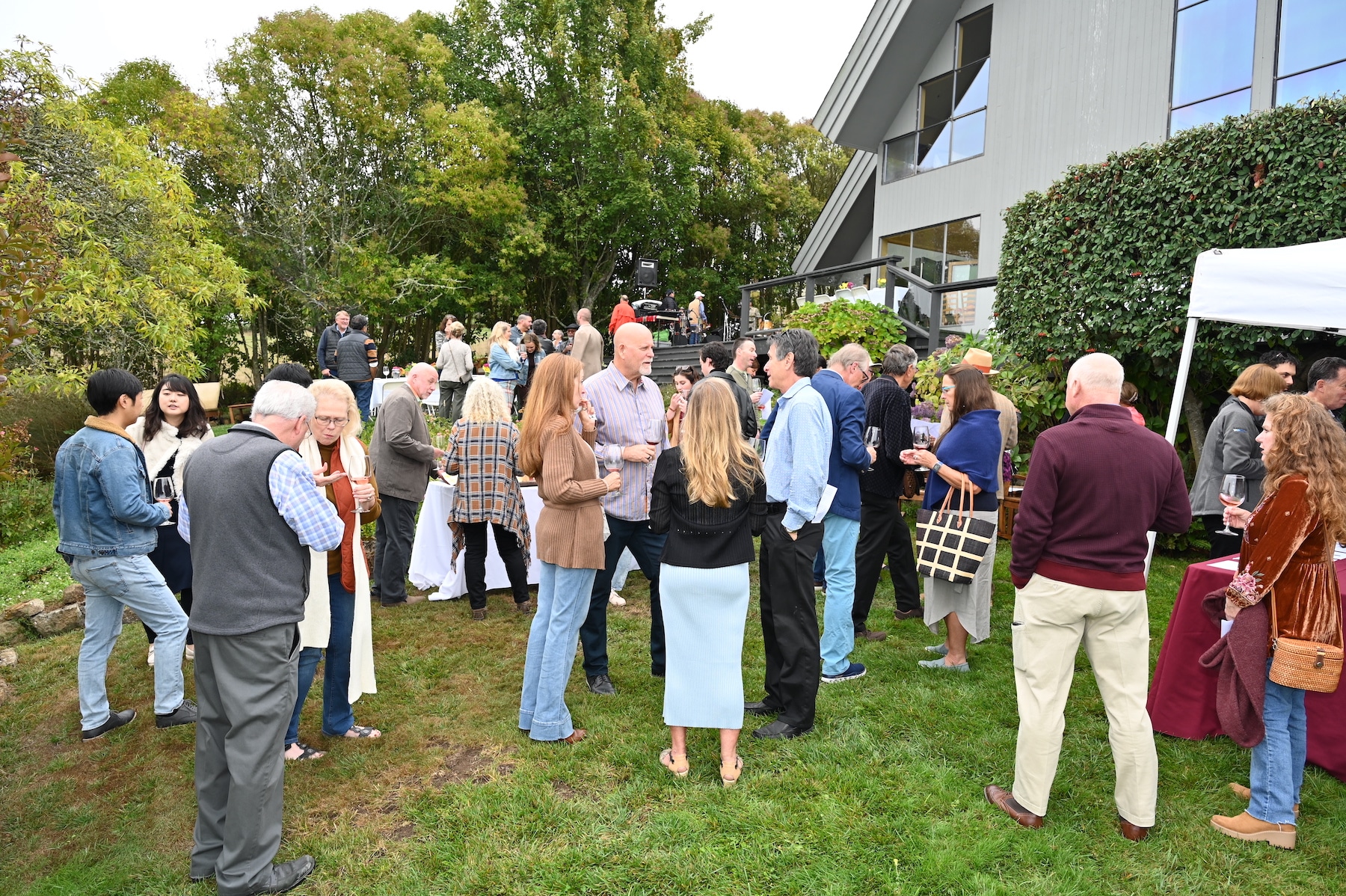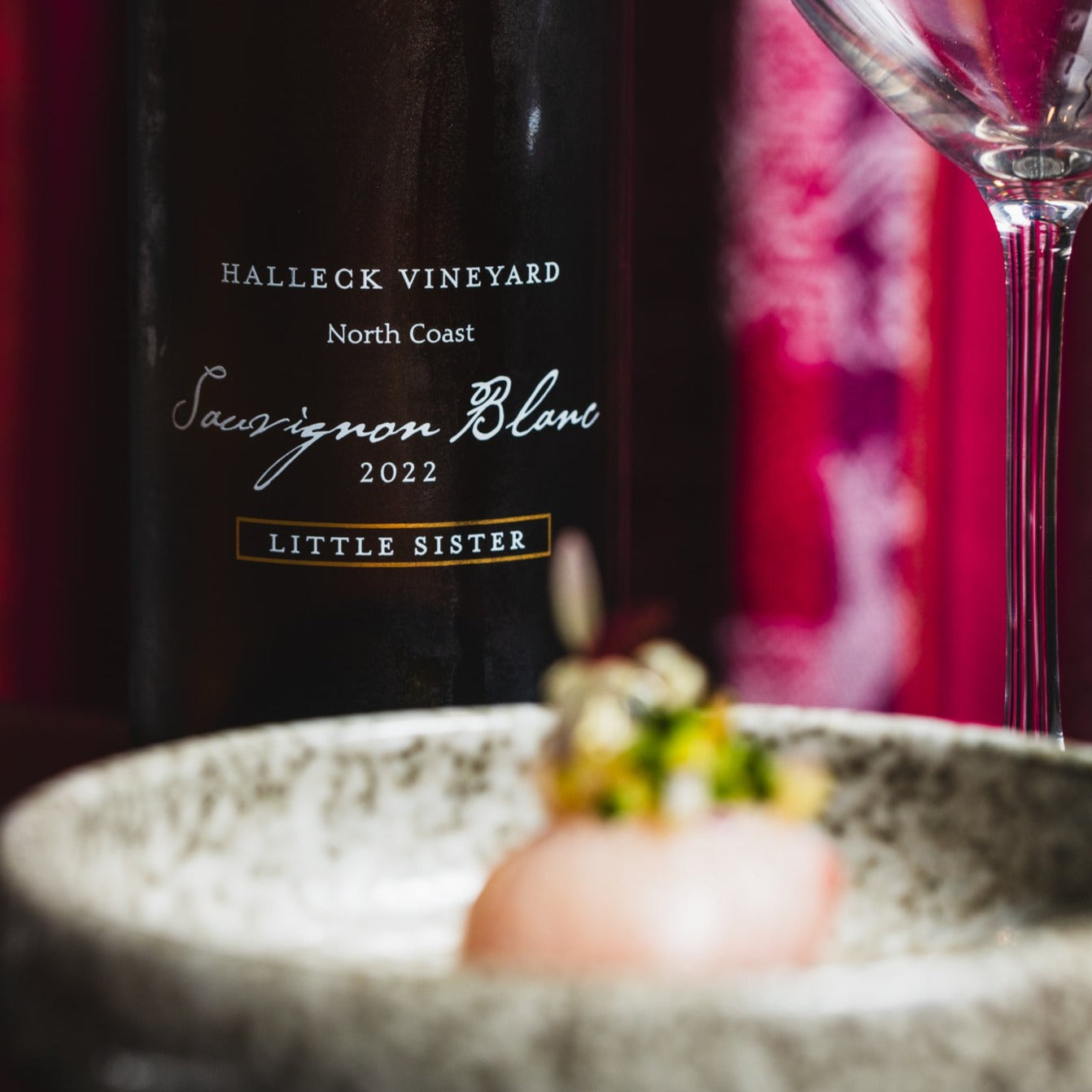Wineries Featuring Seasonal Wine Events In Sonoma - Sonoma County Wine Tasting Locations
Wine tasting is an art that combines sensory experience with an appreciation for the nuances of different varietals. How to gauge flavors in winery wine tasting classes is pivotal to greedy the complexities of wine.
Partaking in a wine tasting involves greater than simply sipping and savoring. It requires a focused strategy to determine aromas and flavors that every wine presents. As you begin, observe the wine's appearance, noting its color and clarity. These visual cues usually counsel a wine’s age, grape selection, and even potential flavor profiles.
The subsequent step in the tasting process is to swirl the wine in your glass. This motion releases fragrant compounds which might be very important for evaluation. Lean in and take a moment to inhale deeply; the aromas can vary from floral and fruity to spicy and earthy. The nose of the wine is just as necessary because the palate, and recognizing scents performs a major role in understanding the overall experience.
When taking your first sip, enable the wine to move throughout your palate - Breathtaking Views From Sonoma Wineries. Discover the preliminary flavors that present themselves. Is the wine fruity, floral, or perhaps herbaceous? This preliminary style gives insight into what the wine is more probably to express as you continue to evaluate it. The mouthfeel also contributes to the general flavor experience; it can be silky, tannic, and even effervescent.
Small Batch Wineries In Sonoma Valley - Celebrated Wineries Around Sebastopol
As you continue tasting, pay consideration to the wine’s steadiness. A well-balanced wine will harmonize acidity, sweetness, and tannins. If one component overwhelms the others, it might indicate a less desirable quality. Evaluating steadiness can help you determine how well the wine might pair with food.
Transitioning to the end, consider how the flavors evolve as the wine lingers in your palate. A lengthy, nice finish can point out a high-quality wine, while a brief or abrupt finish might suggest in any other case. Mirror on whether or not the flavors stay consistent or if new notes emerge because the wine settles. This development can reveal complexities and intricacies which may not have been apparent in the preliminary tasting.
Temperature can additionally be a vital factor in evaluating wine flavors. Completely Different kinds of wine are optimally enjoyed at particular temperatures. White wines often shine when chilled, whereas red wines typically carry out finest at room temperature. When tasting, ensure the wine is at the applicable temperature to totally appreciate its character.
Spectacular Vineyard Views In Sonoma - Sonoma County's Best Wine Experiences
Pairing food with wine can tremendously improve the tasting experience. Meals can affect the notion of flavors in wine, both highlighting certain traits or diminishing them. When evaluating flavors, think about how the wine interacts with completely different meals, noticing which flavors are amplified or muted (Wineries With Estate-Grown Grapes).
Contemplate the influence of terroir as you have interaction in a winery tasting. Terroir encompasses the unique environmental factors that have an result on grape rising, including soil composition, local weather, and geography. Understanding a wine's terroir can provide perception into its flavors and aromas, fostering a deeper appreciation for the choices made during its cultivation and production.
Training performs a elementary position in enhancing one's ability to gauge wine flavors. Learning about grape varieties, wine areas, and production strategies can pave the means in which for more knowledgeable judgments during tastings. Additionally, attending workshops or classes can refine sensory skills and increase your flavor vocabulary, enabling you to articulate tasting notes more successfully.

Lastly, it is essential to keep in mind that evaluating wine flavors is a highly personal experience. Particular Person preferences and perceptions will invariably shape one’s tasting journey. Enjoyment ought to be at the forefront, with the evaluation course of performing as a device to enhance understanding and appreciation rather than create rigid tips.
Wineries Featuring Seasonal Wine Events In Sonoma - Best Wineries For Wine Tasting Sonoma Area
In conclusion, mastering how to evaluate flavors in winery wine tasting periods entails a mixture of sensory engagement, data, and practice. By studying to determine aromas, assess the stability, and respect the intricacies of flavor, wine enthusiasts can deepen their connection to each bottle they encounter. As with any art form, the extra one immerses themselves within the experience, the more they may uncover and benefit from the vast world of wine.
- Start by observing the wine's shade and clarity, as these visible parts can trace at its flavor profile and aging potential.
- Swirl the wine gently in your glass; this releases fragrant compounds, allowing you to better identify the advanced scents related to the wine.
- Take a deep inhale before tasting, focusing on both major and secondary aromas to gather insights on fruits, spices, and different nuances.
- When tasting, permit the wine to coat your palate; note the preliminary flavors, the mid-palate complexity, and the finish as these stages can provide totally different flavor highlights.
- Pay attention to texture and mouthfeel, as elements similar to tannin ranges, acidity, and sweetness contribute considerably to the general tasting experience.
- Evaluate flavors towards standard wine characteristics; for purple wines, think about berry notes, oak influence, and natural tones, while whites may include citrus, stone fruits, and floral hints.
- Take notes in the course of the tasting session to track your impressions, helping you to recollect and evaluate the completely different wines sampled.
- Talk About your findings with fellow tasters or winery workers, as sharing insights can enhance understanding and appreciation of particular person flavors.
- Enable time for the wine to breathe; sometimes, flavors evolve and reveal new dimensions after being uncovered to air.
- Experiment with food pairings through the tasting as they'll dramatically alter how flavors are perceived, influencing overall enjoyment.undefinedWhat should I search for when evaluating the aroma of wine throughout a tasting?
Start by swirling the wine in your glass to launch its aromas. Deliver the glass to your nostril and take a deep breath. Pay consideration to the first scents you detect, as these are often essentially the most prominent. Look for fruit, floral, natural, or earthy notes and attempt to establish specific characteristics, which can deepen your understanding of the wine's complexity.
Wineries Offering Educational Wine Seminars - Wine Tasting At Sonoma Vineyards

How can I distinguish between different flavor profiles in wine?
Understand that flavor profiles are sometimes categorized as fruit, floral, herbaceous, spicy, or mineral. Take small sips and allow the wine to coat your palate. Discover the first flavors that emerge first and the delicate notes that comply with. This layering is important in distinguishing the wine's traits and will help you appreciate its distinctive profile.
Rustic Family-Owned Wineries In Sebastopol - Sonoma Wine Tastings
What is the importance of the wine's texture in a tasting?
The texture of the wine, also referred to as mouthfeel, performs a vital position in how we understand flavors. Pay attention as to if the wine you can find out more feels smooth, creamy, or gritty. The body of the wine (light, medium, or full) can improve or contrast with flavors, providing a extra rounded experience throughout tasting.
How do I assess the steadiness of flavors in wine?
Balance in wine refers to the harmony between acidity, sweetness, tannin, and alcohol. Take a moment to evaluate whether these parts complement or interfere with one another. A well-balanced wine may have none of its components overpowering the others, creating a pleasant tasting experience.
Historical Wineries To Visit In Sonoma - Sebastopol Vineyard Experiences
What role does temperature play in evaluating wine flavors?
Temperature can significantly impact the perception of flavors. Generally, red wines are greatest served slightly beneath room temperature, while white wines get pleasure from being chilled. As the temperature adjustments, the aromas and flavors can shift, allowing you to understand completely different characteristics. It’s important to style wine at its optimum temperature for true analysis.
Innovative Wine-Making Techniques In Sonoma Valley - Discover Sebastopol's Wine Scene
How can I improve my tasting skills over time?
Practice is key to improving your tasting skills. Quaint Wineries In Picturesque Settings In Sebastopol. Attend tastings, maintain a journal of your experiences, and explore various kinds of wines to broaden your palate. Moreover, studying about wine manufacturing and grape varieties can provide context that enhances your analysis course of, making you a extra knowledgeable taster.
Is there a selected order during which I ought to style the wines?
Wineries With Unique Gamay Wines - Exploring The Vineyards Of Sonoma
Sure, it’s advisable to taste wines from light to full-bodied and dry to candy. This progression prevents the stronger flavors from overshadowing the more delicate ones, permitting you to totally recognize every wine's traits and nuances without palate fatigue.
How can I evaluate the aftertaste of wine?
Wineries With Outdoor Seating - Exploring The Vineyards In Sonoma County
The aftertaste, or end, is a vital facet of the wine-tasting experience. After swallowing, pay attention to how lengthy the flavors linger in your palate and whether or not they change. A long, nice end is commonly an indicator of a high-quality wine, while a short or unpleasant end could suggest otherwise.
Why is it essential to notice the wine’s acidity during tasting?
Acidity contributes to the general freshness and construction of the wine. Pay consideration to the tingling sensation in your tongue; greater acidity can improve the wine's liveliness and steadiness out sweetness. Noting acidity helps determine the wine's Discover More Here versatility with food and its aging potential.
What ought to I do if I battle to identify particular flavors in wine?
Remarkable Craft Wineries In Sebastopol - Wine Tasting Experiences In Sonoma Valley
Struggling to identify flavors is frequent, especially for beginners. Focus on broader classes and describe what you can acknowledge, corresponding to sweet or earthy notes. With practice, studying about different flavor profiles, and perhaps utilizing flavor wheels, you'll refine your senses and develop a more nuanced strategy to tasting.